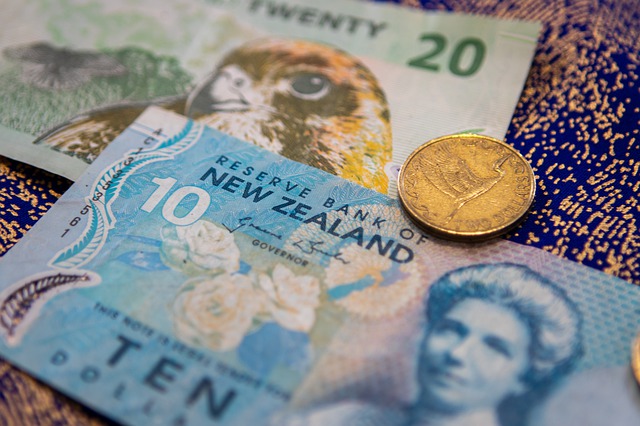Trading The RBNZ Rate Decision
Tonight’s Reserve Bank of New Zealand monetary policy announcement is one of this week’s most important events. Next to the Bank of Canada who tapered asset purchases last month, the RBNZ is one of two central banks that could reduce stimulus this year. The housing market is on fire, commodity prices are on the rise, consumer spending rose more than expected and the unemployment rate dropped to 4.7% in the March quarter, well below the central bank’s 5% forecast.

Image by Squirrel_photos from Pixabay
Earlier this month, the central bank tightened their loan-to-value ratio to require all new investor loans to be less than 60% of the property value and owner-occupied loans to be restricted to 80% of value. In their Financial Stability Report, the RBNZ warned that the LVR restrictions could be tightened further if prices do not ease.
The New Zealand dollar is trading above 72 cents, a sign that investors are optimistic ahead of the rate decision. However, being among the first to tighten is a race that no one wants to win. Even with manufacturing growth slowing, there is no doubt that the New Zealand economy is improving. The RBNZ is widely expected to upgrade their economic forecasts which may be enough to send NZD higher but strong sustainable gains will require hawkish guidance from the central bank which is unlikely.
If you are trading the RBNZ rate decision, you may be able to buy NZD for some quick gains into the 02:00 GMT announcement. As long as the central bank upgrades their economic forecasts NZD will most likely trade higher ahead of Governor Orr’s 03:00 GMT press conference. Take profits before he speaks as that’s the main volatility trigger. Listen carefully – if Orr emphasizes the need for low rates and suggests that rate hikes are a long way off, NZD could give up its gains quickly. However, if there are any unexpected shifts in policy including an immediate tightening of LVR, we could see NZD/USD make a run for 73 cents.
Although U.S. data was weaker than expected and Treasury yields declined on Tuesday, the U.S. dollar was steady or higher against all of the major currencies with the exception of the euro. The single currency outperformed on the back of stronger German business confidence. The German IFO business climate index climbed to 99.2 from 96.6 with improvements seen in current conditions and expectations. The infection rate is dropping, some states are easing restrictions and according to the country’s health minister by the end of this month, about 40 percent of the entire population will have received at least one shot. The uptick in business confidence reflects optimism about Germany and the global recovery.
Sterling pulled back following a weaker CBI Distributive Trades survey. This report measuring consumer spending suggests that after a strong April, demand is returning back to normal levels. Meanwhile, a decline in manufacturing sales drove the Canadian dollar lower against the greenback. USD/CAD has been trading in a tight range above 1.20 and the longer it spends at this level, the greater the chance of a short squeeze.



